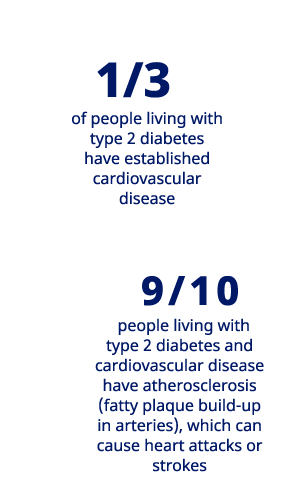
Diabetes day by day
Good diabetes management requires awareness and careful planning for all types of environments and situations.
Your healthcare professional may recommend that you monitor when you start treatments that may cause you to have low blood sugar.
The following terms are used to describe glucose
measurements taken at different times of day:
Checking in the morning before breakfast when your blood sugar is lowest
Checking right before a meal to see how much your levels change when you eat
Checking two hours after a meal when your blood sugar peaks
Keep in mind that a blood sugar check you perform yourself is not the same as the HbA1c test performed by your healthcare professional and the results cannot be compared.
Checking your blood sugar gives you a snapshot of your levels at a particular moment. Recording these measurements will show you your progress over time.
Accurately recording your blood sugar and what you eat, when you exercise, and emotional factors like stress, will identify the causes of unusual peaks and dips. This will help you to improve your diabetes management and avoid long-term health complications.
There are many tools available to help you record your measurements, including diaries and smartphone apps. Talk to your healthcare professional about which is right for you.
People with type 2 diabetes are 2-4 times more likely to have a heart attack or stroke compared to someone living without diabetes.
Learn how you can reduce the risk.
The average blood sugar ranges for people with and without type 2 diabetes can be seen below.

HQ22DI00084

